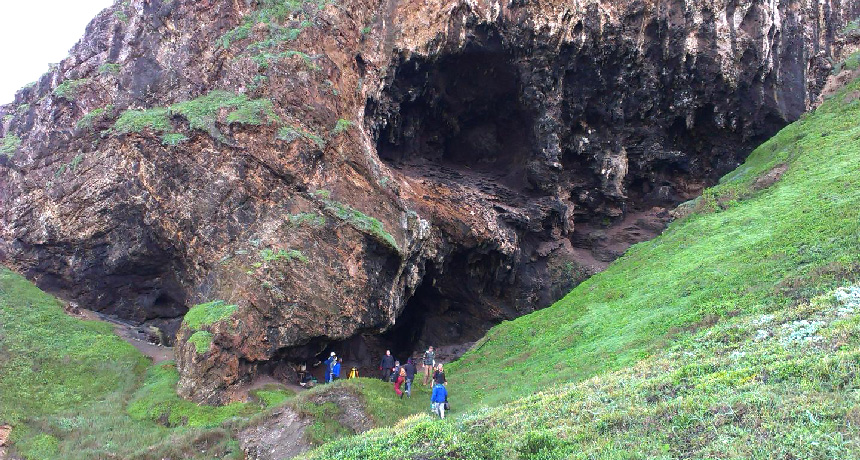Cave debris may be the oldest known example of people eating starch
Charred material found in South Africa suggests humans digested starch long before farming

STARCHY SITE Ashy discoveries in South Africa’s Klasies River Cave suggest that humans cooked and ate starchy plants such tubers and roots as early as 120,000 years ago.
Wits University